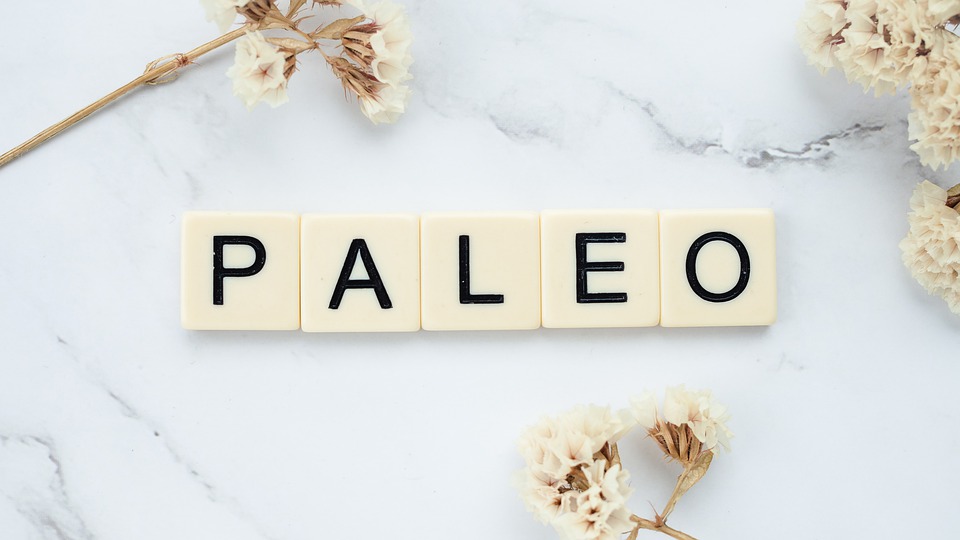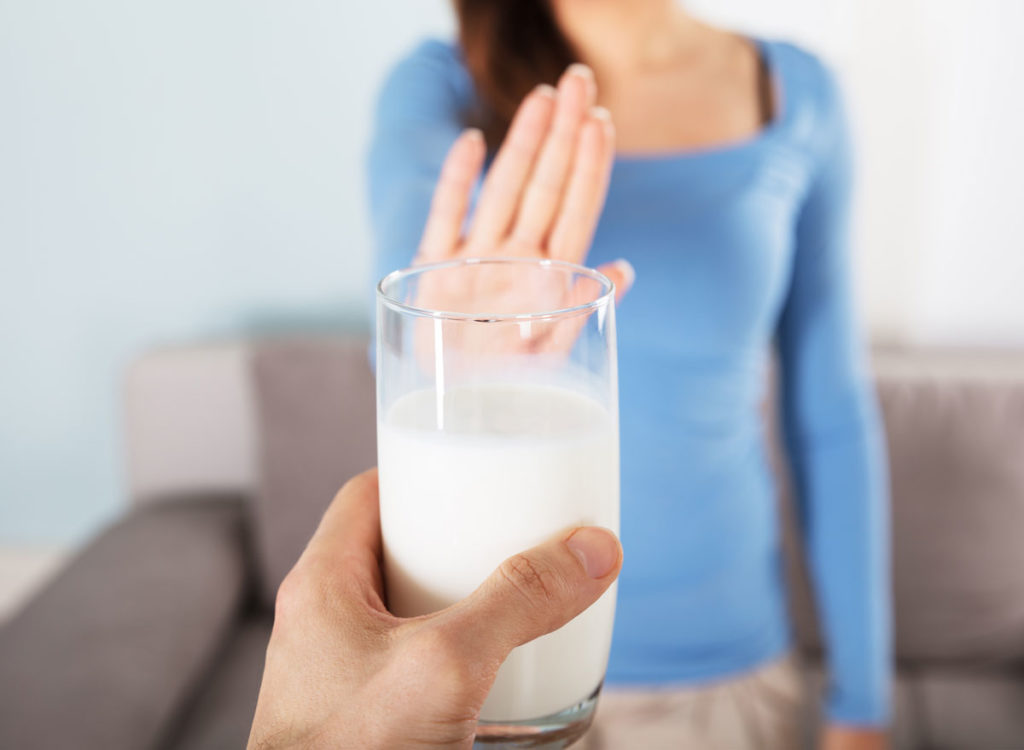More and more people are approaching the so-called paleo diet or paleontological diet.
The paleo diet is based on the emulation of the diet of our paleolithic hunter-gatherer ancestors. It includes fresh, unprocessed foods: berries, nuts, vegetables, fish, eggs, and meat. The paleolithic diet can lead to significant weight loss as the intake of carbohydrates is significantly reduced. Still, above all, it is linked to substantial improvements in health and the treatment of major diseases.
The basic idea in the paleolithic diet is that we are genetically the same as our paleolithic ancestors, but they thrive on a strong, healthy body and perfect teeth by eating only fresh food that nature offered them and was free of diseases such as obesity, diabetes, high cholesterol, cardiovascular disease, an autoimmune disease.
In contrast, most of the food on our tables comes from factories and not directly from mother nature. Most of the food we eat is highly processed and unrecognizable to our bodies, which makes us regularly exposed to stress and inflammation.
Eating like the ancients, therefore, seems possible, provided that their eating habits are entirely known to recover them correctly: yes, to plant food when it is necessary, to ban dairy products, cereals and all processed foods such as sugar, snacks, salami, and ready meals. It is also possible to eat meat and fish in limited quantities.

Here are some health benefits of a paleo diet:
1) Controls Cholesterol
A paleo-cereal-free diet helps control the lipid profile: it lowers the bad cholesterol (LDL) level and increases the good cholesterol (HDL) level. (3)
2) Reduces the Risk of Cardiovascular Disease
The palaeo-diet has several positive effects; it reduces body weight, controls sugar levels, and metabolizes excess fat. Therefore, a paleo-diet is real prevention against the numerous risks of cardiovascular diseases (heart attacks and more)
3) Fight Against Diabetes
The paleolithic diet is recommended for people who have diabetes. It helps regulate blood sugar levels and reduces the risk of diseases and complications caused by diabetes.
4) Reduces Abdominal Fat
The accumulation of abdominal fat (especially after menopause) is associated with low-grade inflammation and an increased risk of metabolic disorders. A significant long-term change in lifestyle is therefore necessary, especially in the area of eating habits. A paleo-diet reduces abdominal fat in connection with inflammatory processes.
5) Helps Combat Osteoporosis
Milk, except breast milk as an infant, is not suitable food for humans. We get enough calcium from plant foods: leafy vegetables and seeds. The real reasons for the loss of calcium lie in the lifestyle and the wrong diet. For instance, an acidic diet promotes the elimination of calcium, leading to problems such as osteoporosis.

Paleo Diet: What to Eat
Here is a brief overview of the foods allowed in the paleo diet and those that should be avoided or that can be taken as an alternative or in moderation.
Foods to Avoid:
– All industrial, processed, and transformed foods
– Artificial sugars and sweeteners
– Soft drinks and fruit juices
– Cereals, say NO to bread, pasta, and pizza
– Dairy products (except ghee clarified butter)
– Legumes
Main Food Allowed:
– Meat preferably from grass farms
– Fish, especially bluefish and salmon
– Free-range eggs
– Rice
– Potatoes (preferably sweet potatoes)
– Lots of fresh or dried fruits and vegetables
– Oilseeds: walnuts, almonds, hazelnuts, cashew nuts, pumpkin seeds, sunflower seeds
– Wild herbs and edible flowers
– Honey
– Healthy fats such as coconut oil, extra virgin olive oil, ghee, food rich in omega-3s

Allowed in Moderation:
-Wine, preferably red and of good quality
-Dark Chocolate
-Tea and coffee
Have you ever tried a paleo diet? Share your experience with us in the comments below!


